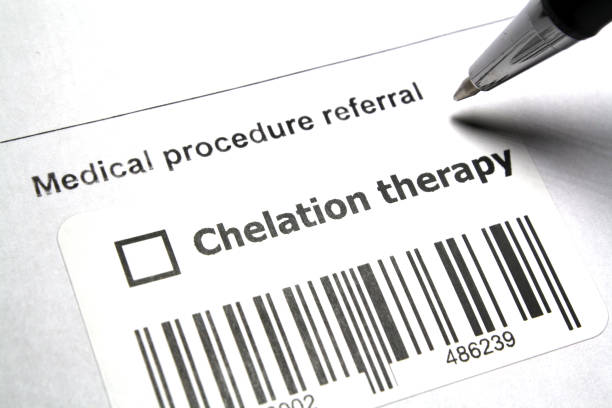What is epilepsy?
Epilepsy is a neurological disorder characterized by recurrent, unprovoked seizures that affect people of all ages. These seizures result from abnormal electrical activity in the brain, leading to various symptoms ranging from momentary confusion to convulsions. While many individuals with epilepsy can manage their condition with medications, some cases may require surgical intervention, such as a corpus callosotomy.
Corpus Callosotomy:
A corpus callosotomy is a surgical procedure designed to reduce the severity and spread of seizures in individuals with epilepsy. The corpus callosum is a bundle of nerves that connects the two hemispheres of the brain, facilitating communication between them. During this surgery, the surgeon cuts or removes part of the corpus callosum to prevent the spread of abnormal electrical activity from one hemisphere to the other.
Candidates for Corpus Callosotomy:
This procedure is typically considered for individuals with severe epilepsy who do not respond well to medication and whose seizures originate in one hemisphere but spread to the other. Corpus callosotomy, alternatively termed split-brain surgery, is not a cure for epilepsy but rather a method to manage and reduce the impact of seizures.
Procedure and Recovery:
Before undergoing a corpus callosotomy, which is a surgery to sever the main connection between the brain’s two hemispheres, potential patients go through a series of thorough examinations. These include monitoring seizures and imaging the brain using techniques like EEG, MRI, and PET scans to pinpoint the origin and spread of the seizures. This comprehensive evaluation helps doctors decide if a corpus callosotomy is the right course of treatment for the individual.
The surgery begins with the patient under anesthesia. The surgeon carefully cuts through the scalp and removes a small piece of the skull, creating an opening. They then gently peel back the tough membrane protecting the brain. This creates a clear view of the brain hemispheres, which the surgeon carefully separates to access the corpus callosotomy. They use specialized microscopes for magnified precision as they disconnect the corpus callosum, the main communication bridge between the brain halves.
Sometimes, to minimize initial impact, only the front portion of the corpus callosotomy is severed in the first surgery, allowing the hemispheres to still share some information, particularly visual data. If seizures persist, a second surgery can disconnect the remaining portion. Finally, the surgeon meticulously repairs the membrane and skull, closing the scalp incision with stitches or staples
Recovery varies from person to person, but patients generally stay in the hospital for a few days to monitor their progress. Post-surgery, individuals may experience changes in cognitive function or motor skills, which can improve over time.
Risks and Considerations:
Like any surgical procedure, corpus callosotomy carries risks. Potential complications include infection, bleeding, and changes in cognitive function. However, for patients with severe and uncontrolled epilepsy, weighing the potential benefits of the surgery against its risks is crucial
Side effects of corpus callosotomy
While most side effects tend to fade over time, here’s what you might experience after a corpus callosotomy:
- Temporary discomforts include a numb scalp, nausea, fatigue, and headaches.
- Cognitive changes: difficulty with speech, memory, and finding words.
- Motor issues: temporary weakness, paralysis, or altered sensation.
- Emotional shifts: feelings of tiredness, depression, or personality changes.
Conclusion
A corpus callosotomy is a surgical option that can provide relief for individuals with intractable epilepsy. While it may not eliminate seizures, it can significantly reduce their severity and impact on daily life. Individuals considering this surgery should engage in thorough discussions with their healthcare team to understand the potential risks and benefits tailored to their specific case.
In conclusion, epilepsy and corpus callosotomy are complex topics that require careful consideration and expert guidance. This surgical intervention offers hope to those with severe epilepsy. It provides an avenue for better seizure management and improved quality of life. Always consult with medical professionals to determine the most suitable treatment approach for individual cases.

